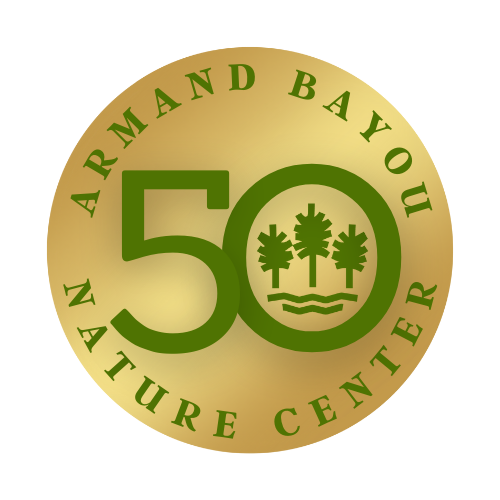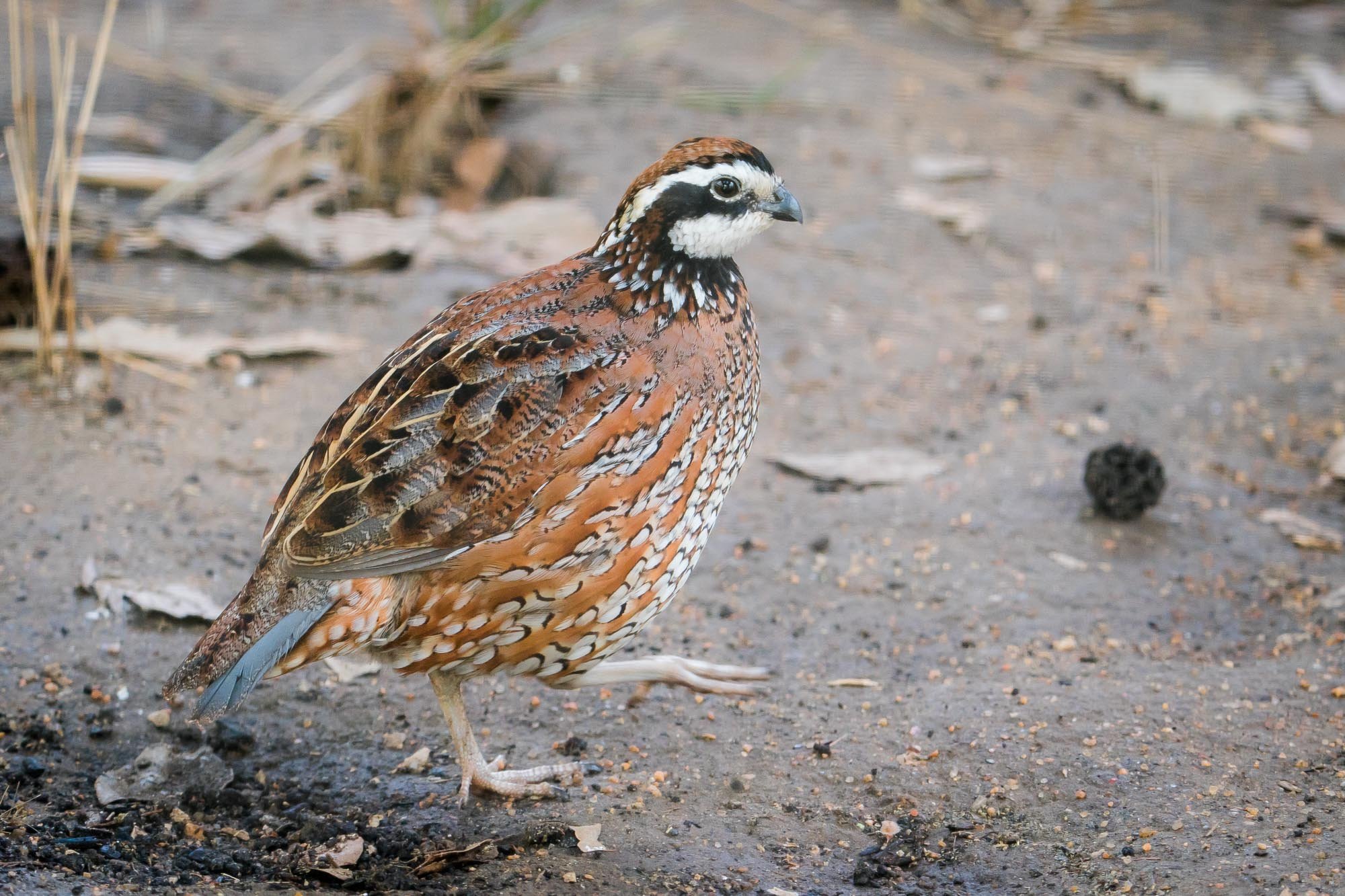Bob White! Bob White!
Written by Executive Director Tim Pylate
Growing up in the Houston suburb of Pearland, Texas, my friends and I spent our summers playing in the fields that surrounded our houses. The 70’s and 80’s were a time when playing outside was still the primary form of entertainment for a pre-teen child. We would make trails and tunnels through the high grasses and briar thickets that grew on former rice fields, stuffing our mouths with giant blackberries as we went. Our prickly trails would take us to the trunks of occasional invasive tallow trees whose green milky seed pods were the precursor of modern-day paintball. We’d ride our bikes to the muddy banks of Mary’s creek where we’d find rocks to throw at the red-eared sliders and the occasional gar. We’d swing on the bendy branches of weeping willow trees along the water’s edge and scatter fuzzy cattail seeds to the winds. Having spent the day shirtless and in cutoffs, we’d return home from our adventures at dusk with itchy legs and purple fingers. We didn’t get streetlights on my street until junior high, so the signal to come home was my mother’s call to dinner, which drawled my three-letter name into two sing-song syllables: “Tiiiiiiii-uuuuuuum!!!”
Photo by Gary Seloff
Summer afforded us a lot of opportunities to engage with the menagerie of living creatures in the world around us. Green anoles served as reluctant earrings, rough earth snakes were bracelets, and many a crayfish met its doom in giant galvanized buckets as we plucked them from ditches following summer thunderstorms. Almost every year, Carolina wrens would nest in the gap formed by warped boards on the side of our garage, and kildeer would nest in the short grasses of the field where my dad once kept a couple of horses. I remember going out every day of the summer to see if any of those baby birds had hatched. I was fascinated at the way mama kildeer would feign injury to draw me away from her nest. At that time, I didn’t know what these animals were actually called—they were just lizards and crawdads and birds to me. But the one animal I could always identify was the bobwhite quail. Not by sight, mind you, but by sound. In fact, I had never actually knowingly seen a bobwhite quail, but from the moment my grandfather explained the call to me, I would never forget it. The onomatopoeic common name for Colinus virginianus could not have been better chosen with a mating call that clearly says “Bob White! Bob White!” In Texas, mating season for bobwhites is between April and October, so the call could be heard all summer. I reveled in knowing how to recognize the call and would often point it out to friends. I loved being able to whistle and imitate the call, pretending that I was talking with them.
Today, as a more advanced birder, I am no longer able to bedazzle my friends with my recognition of the bobwhite mating call, because I have not heard it in the Houston area since I was a child. Their populations across the United States plunged between 1966 and 2014, resulting in an overall decline of 85 percent. The primary reason? Habitat loss.
The house I grew up in was not in Pearland proper, and the aptly named farm-to-market roads that took us into town were lined with cow pastures and fields of grass taller than my head that seemed to stretch for miles. Perfect habitat for bobwhite quail. Pearland itself was just a tiny town surrounded by agricultural fields and large remnants of the Texas coastal prairie, which used to stretch from Brownsville to Lafayette and about 60 miles inland. Less than one percent of that historical range remains today. When my parents were dating in the mid- to late 1960s, Pearland had less than 2,000 inhabitants. When I graduated from Pearland’s only high school in 1989, the town had a population of almost 16,000. In 2000, the population had grown to nearly 40,000, more than doubling in the space of a decade. Today, Pearland is one of the fastest growing cities in the United States with a population of more than 130,000, and my once rural childhood home is now practically at the geographic center of the city. That exponential growth is analogous to many of Houston’s suburbs. So today, in order to hear the call of the bobwhite quail, a Houston area resident has to travel for hours afield. That is, until yesterday.
Yesterday, for the first time in decades, I heard the distinctive call, “Bob White! Bob White!” right here at Armand Bayou Nature Center. For a moment, my heart skipped a beat, and I was transported back to those halcyon days of childhood. You see, last year, LyondellBasell sponsored a retrofit of the former hawk enclosure at ABNC to house baby bobwhite quails. The goal? To reacquaint visitors with some of the ghosts of our past and to highlight what happens to wildlife when we don’t preserve habitat. Our first little covey of quail has reached reproductive maturity, and now the males are calling for mates. I must admit that upon hearing it, I managed to get a little something in my eye. Not only because of the fond memories of my childhood, but because probably the only thing cuter than a bobwhite quail, is a baby bobwhite quail.
If you’d like to meet these adorable legends of our ecological heritage, come visit us at ABNC, and let us introduce you. If you’d like to learn more about some of the other amazing birds in our area, check out our “Nature as Normal” blog posts. I also highly recommend the Cornell Lab of Ornithology’s “Merlin” App to identify bird sounds around your home. Maybe with a little luck, you’ll hear, “Bob White!”

